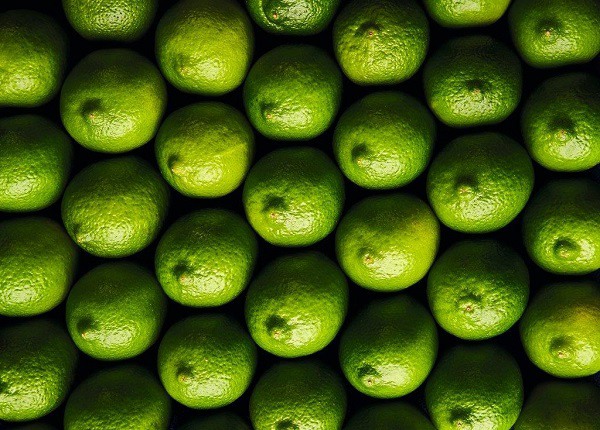Limes were long considered to be an exotic product reserved mainly for cocktails, but they are now commonly used in the kitchen. “Limes are found more and more often in the shopping basket of French consumers. The product has been growing in France and now occupies a central place in our offer,” explains Anaïs Fauchille, product manager at Kissao.
Brazil, the dominant origin
Mexican limes have been clearly declining for several years “in terms of both quality and quantity”. Brazil has benefited from this decline, having become the most represented origin on the French market today, according to Anaïs. “Brazilian limes have become the reference because they are very juicy, sweet and tasty, with a beautiful green color.” As the largest country in Latin America, Brazil also has “significant and historically regular volumes all year round. The alternative origins are used to complete the production in case of a shortage from Brazil or a strong increase in demand.”
 The alternative origins include Colombia, Guatemala, Peru, Honduras, Spain, Morocco and Egypt.
The alternative origins include Colombia, Guatemala, Peru, Honduras, Spain, Morocco and Egypt.
Tonnages in constant evolution
“We are lucky to have historical partnerships with producers who trust us, and to be regularly solicited by new exporters. As a consequence, our lime tonnages are constantly increasing.” These partnerships allow Kissao to be present in the two main producing regions in Brazil, and in alternative origins that are on the rise, “in order to offer quality lime all year round.” And to satisfy all its clients, the company has also expanded its offer. “We now work with several brands and calibers. We also offer different custom packaging (bulk, trays, 500g or 1kg nets, nets with cocktail sticks...), as well as conventional, organic and FairTrade products.”
Very high prices due to the exceptional shortage of volumes
“At the end of 2022, there were some supply difficulties. In recent weeks, the market has been once again facing a complicated situation.” Volumes are exceptionally low and the demand has increased strongly with the arrival of the warm weather, which has led prices to soar. “The lack of volume is mainly due to the bad weather in the region of Sao Paulo (largest production region) in recent months, which has impacted the quality of the fruit and the volumes suitable for export. Alternative origins are notably absent this time of the year, which makes it difficult to compensate and satisfy the demand.”
According to Anaïs, however, production and exports are gradually resuming in Brazil. “This should be felt on the market in the coming weeks in terms of volumes. Prices will most likely remain high during the whole summer period, which corresponds to the annual consumption peak.”
For more information:
Anaïs Fauchille
Kissao
Mobile: + 33 (0)7 76 31 23 35
[email protected]
https://kissao.fr/
